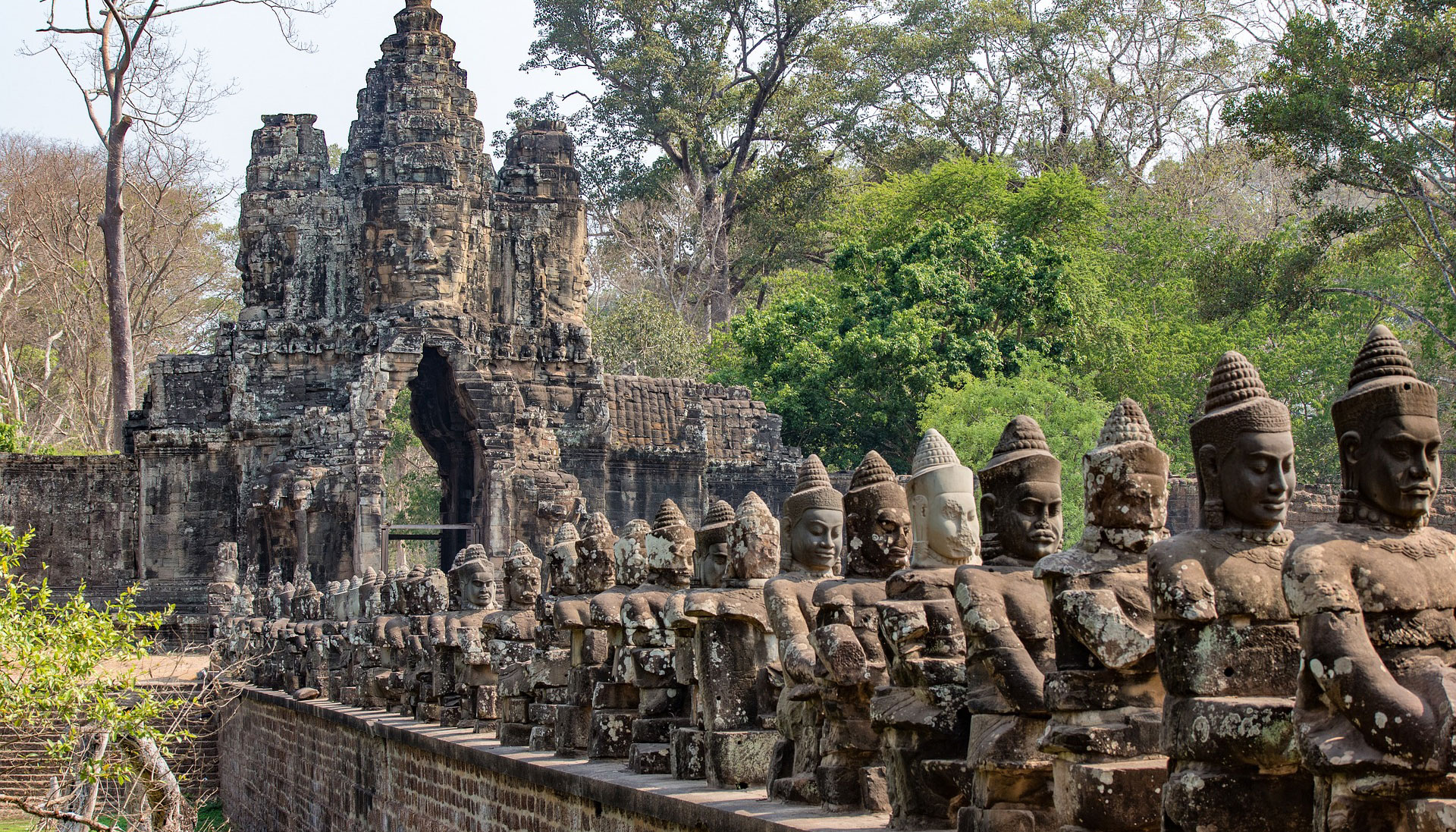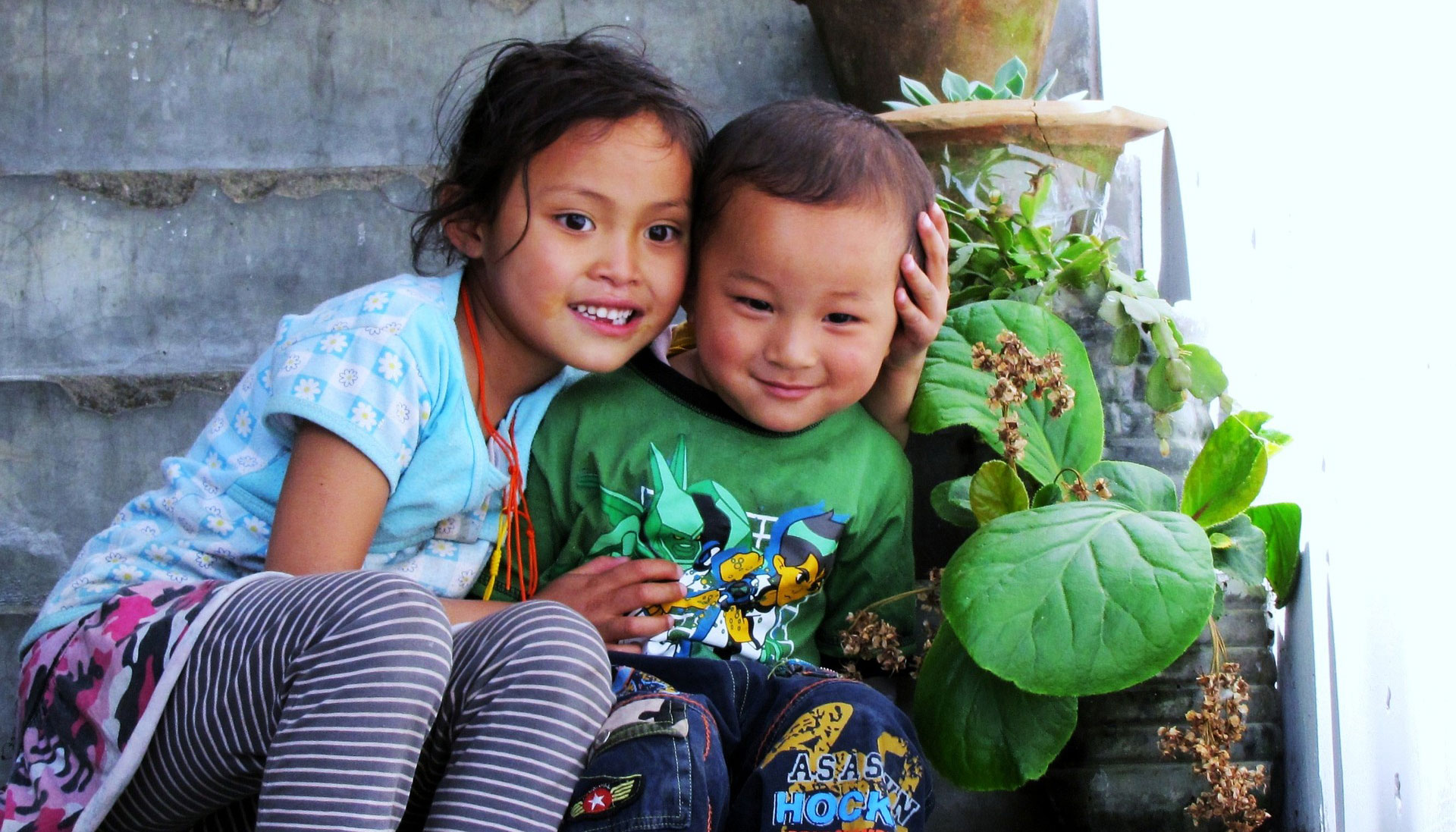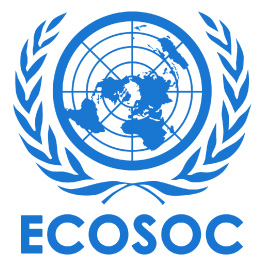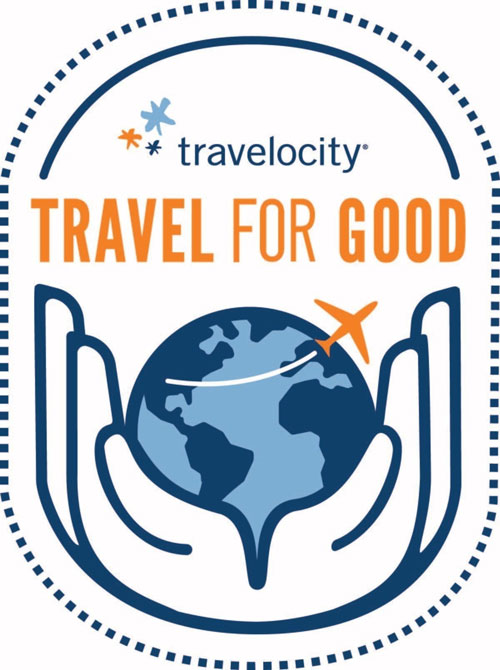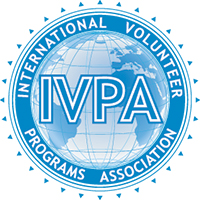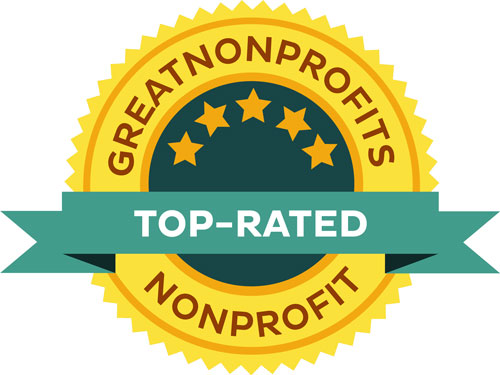International Globe Aware volunteers should be aware that Cambodia is actively working to boost tourism by hosting cultural events, lowering visa costs, and more.
Cambodia’s New Initiative to Surge Tourism Policies
August 9, 2024
Travel And Tour World
Cambodia, known for its rich cultural heritage and the iconic Angkor Wat, is grappling with a slow recovery in its tourism sector since the onset of the COVID-19 pandemic. The figures from the first half of 2024 have painted a bleak picture for the industry. The number of foreign tourists arriving at Siem Reap’s airport has plummeted by 67% compared to the same period in 2019, with only 313,145 arrivals. This stark decline underscores the challenges Cambodia faces in revitalizing its tourism industry. So the visa fee reduction will serve as a potential booster.
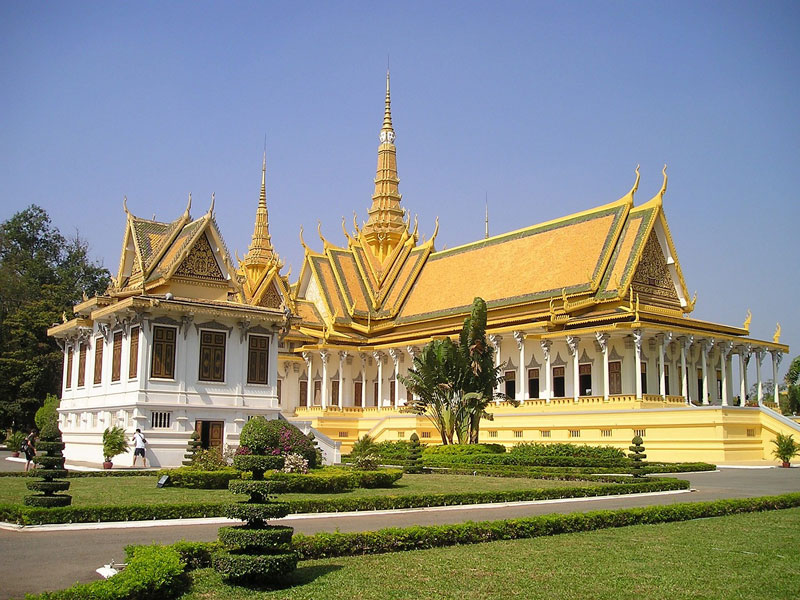
Visa Fee Reductions: The Ministry of Foreign Affairs announced a reduction in visa fees for tourists from ASEAN countries, effective from September 1, 2024. This policy change is part of Cambodia’s broader strategy to boost regional tourism and facilitate easier access for neighboring countries .
Upcoming Cultural Events: The Ministry of Culture and Fine Arts has scheduled several new cultural events for late 2024, including the Angkor Wat International Music Festival and the Phnom Penh Film Festival. These events are designed to draw international media attention and promote Cambodia as a vibrant cultural destination .
Angkor Wat’s Declining Visitor Numbers
The Angkor Archaeological Park, home to the UNESCO World Heritage site Angkor Wat, has historically been a major draw for tourists. However, the revenue generated from ticket sales at this iconic site has seen a significant drop. In 2019, ticket sales for the park brought in $62.3 million from 1.4 million visitors during the first seven months. In contrast, the same period in 2024 has only seen $27.2 million in revenue from 584,375 visitors. This decline indicates a broader issue within Cambodia’s tourism sector, one that extends beyond just the impact of the pandemic.
According to the Henley Passport Index, citizens from several countries can enter Cambodia without the need for a visa. These countries include:
- Laos
- Malaysia
- Philippines
- Singapore
- Vietnam
- Thailand
- Indonesia
- Brunei
- Myanmar
These nations are primarily members of the Association of Southeast Asian Nations (ASEAN), reflecting regional agreements that facilitate easier travel within Southeast Asia. The visa-free entry typically allows for short stays, often up to 30 days, although this can vary slightly depending on the specific country of origin.
For travelers outside these regions, Cambodia generally requires a visa, which can be obtained either prior to arrival or upon entry, depending on the traveler’s nationality. The introduction of electronic visas (e-Visas) has also made it easier for many to apply for visas online before traveling.
Cambodian citizens are eligible to enter several countries without requiring a visa. These include:
ASEAN Countries: Cambodia’s regional neighbors in the ASEAN bloc allow visa-free travel for Cambodian citizens. This includes countries like:
- Thailand
- Vietnam
- Laos
- Malaysia
- Singapore
- Indonesia
- Brunei
- Myanmar
- Philippines
- Other Countries:
- Haiti
- Micronesia
- Dominica
- Saint Vincent and the Grenadines
These visa-free arrangements generally allow short stays, often ranging between 30 to 90 days, depending on the destination. This access is crucial for promoting regional tourism and business exchanges, particularly within the ASEAN framework, facilitating ease of movement for Cambodian travelers.
New Infrastructure Yet to Deliver Results
In an effort to bolster tourism, Cambodia opened a new airport last year to serve Siem Reap and the Angkor Archaeological Park. However, despite this significant investment in infrastructure, the anticipated increase in tourist numbers has not yet materialized. The new airport was expected to facilitate easier access to one of the world’s most famous archaeological sites, but the benefits have yet to be reflected in the tourism statistics.
Weak Marketing Strategies
A major factor contributing to the sluggish recovery is the inadequacy of Cambodia’s marketing efforts. Beyond Angkor Wat, other tourist destinations within the country have not been effectively promoted. The Cambodia Tourism Ministry, recognizing this shortfall, convened its inaugural meeting with the newly established Cambodia Tourism Board at the end of July 2024. During this meeting, the board analyzed the challenges facing the industry and laid out a recovery plan.
The recovery strategy includes a range of initiatives designed to rebuild Cambodia’s tourism profile over the next six months to a year. These initiatives include reducing ticket fees at the Angkor Archaeological Park during the low season, launching targeted overseas marketing campaigns, organizing cultural trips for media and travel agencies, and developing innovative tourism products. These steps are crucial in rebranding Cambodia as a desirable tourist destination.
Additional Barriers to Tourism
Apart from the marketing challenges, other factors have also been hampering the influx of international visitors to Cambodia. Increasing visa fees and the arduous nature of long-haul direct flights have been deterrents for potential tourists. Furthermore, concerns about safety, particularly fears of kidnapping and scams, have also contributed to the decline. These concerns have been exacerbated by a film based on true events in Cambodia’s neighboring country, Thailand, which has led to heightened anxiety among travelers, especially those from China.
In 2019, Chinese tourists accounted for a substantial 33% of Cambodia’s tourist numbers, with 1.3 million Chinese visitors. The slowing return of this significant demographic has been a blow to the country’s tourism recovery efforts. According to Thourn Sinan, chairman of the Pacific Asia Travel Association’s Cambodian division, it is vital for Cambodia to address these safety concerns. Providing accurate information and ensuring a welcoming environment is essential to rebuild trust and maintain positive relations with Chinese travelers.
Steps Toward Recovery
Despite these challenges, efforts are already underway to rejuvenate Cambodia’s tourism sector. The development of two international airports, one in Phnom Penh and another in Dara Sakor in Koh Kong, is expected to play a key role in this revival. Furthermore, beginning in October, a new direct flight from New Delhi to Phnom Penh will be launched, operating four times a week under the low-cost airline Indigo Air. Steve Lidgey, general manager of Travel Asia a la Carte, has expressed optimism about this development, noting the vast market potential in India. The hope is that Indian tourists will be drawn to Cambodia as an attractive destination.
Government Support and Future Prospects
Cambodia’s Prime Minister, Hun Manet, has recently taken steps to support the tourism industry’s recovery. He has allocated $50 million to the new Cambodia Tourism Board and suggested several measures to boost travel, including reducing airport fees and flight landing charges. These initiatives are part of a broader effort to make Cambodia more appealing to international travelers.
Thourn Sinan has also emphasized the importance of increasing awareness about lesser-known tourist destinations across Cambodia. Building transport and accommodation infrastructure to make these places more accessible, coupled with organizing cultural events throughout the year, could enhance Cambodia’s appeal as a year-round tourist destination.
Global Impact on Travelers
Cambodia’s struggle to revive its tourism sector is not an isolated issue but one with global implications. As countries around the world continue to navigate the post-pandemic landscape, the challenges faced by Cambodia highlight the importance of effective marketing, infrastructure development, and addressing safety concerns to attract international visitors. For travelers, this situation underscores the need for vigilance and informed decision-making when choosing destinations, particularly in a post-pandemic world where safety and accessibility have become paramount considerations.
